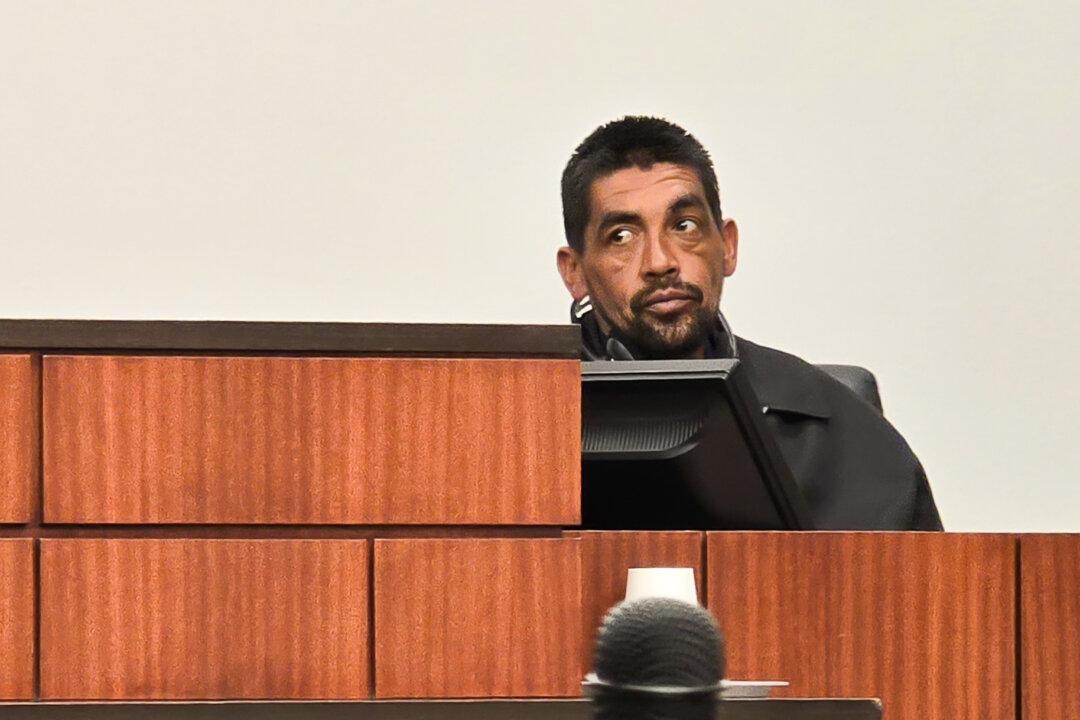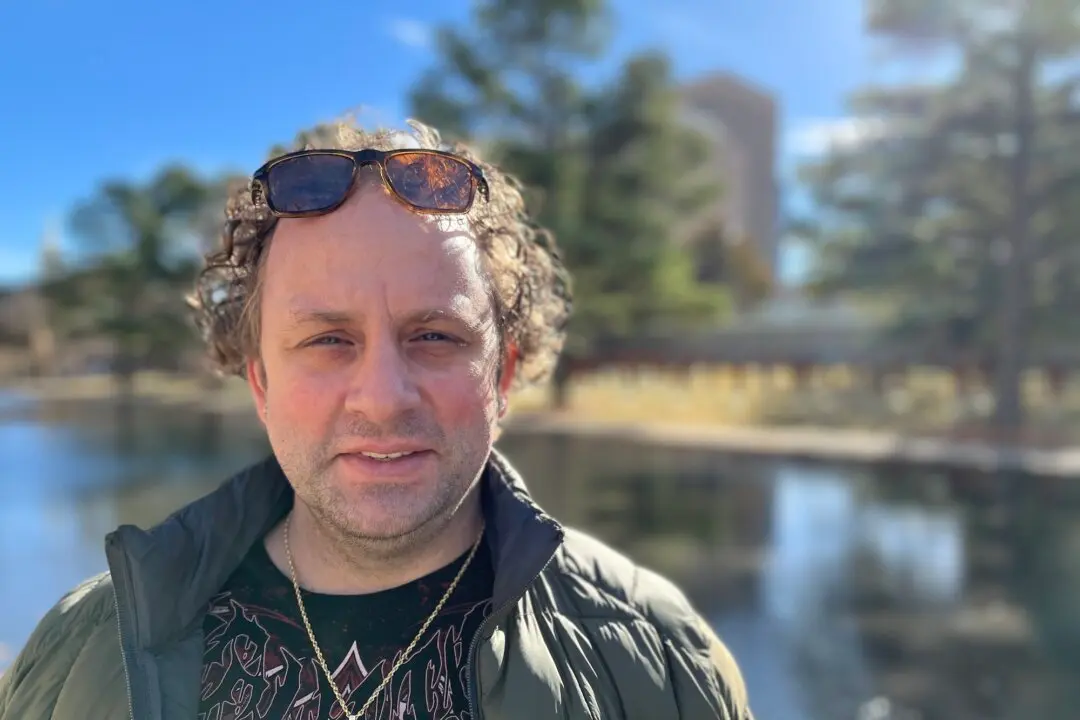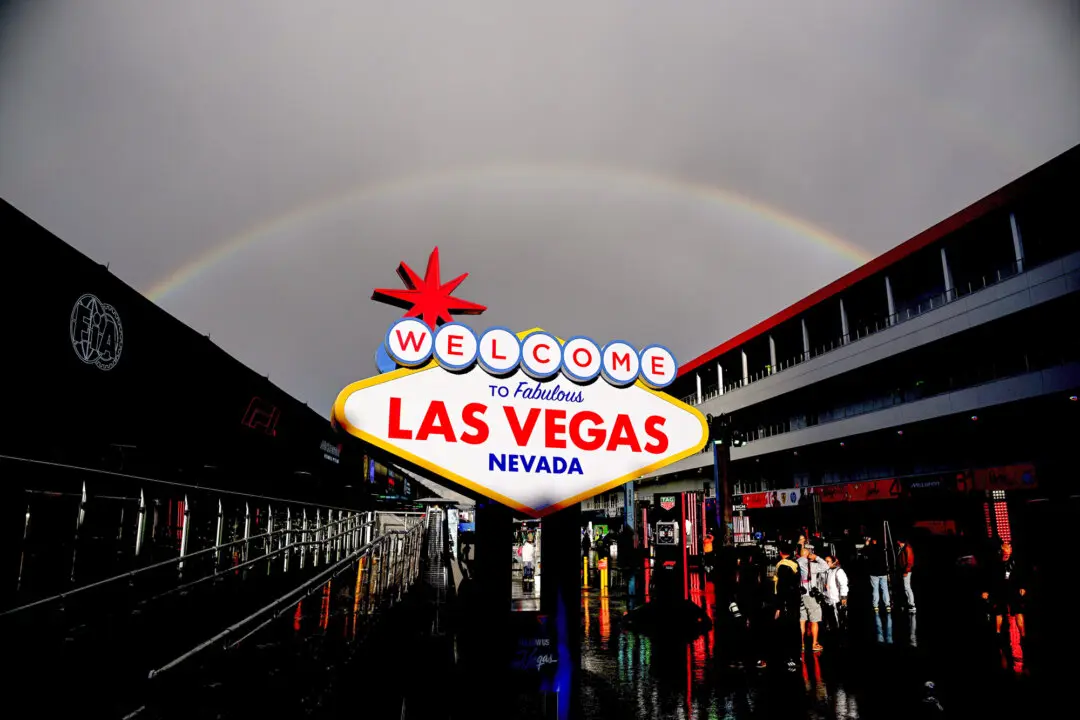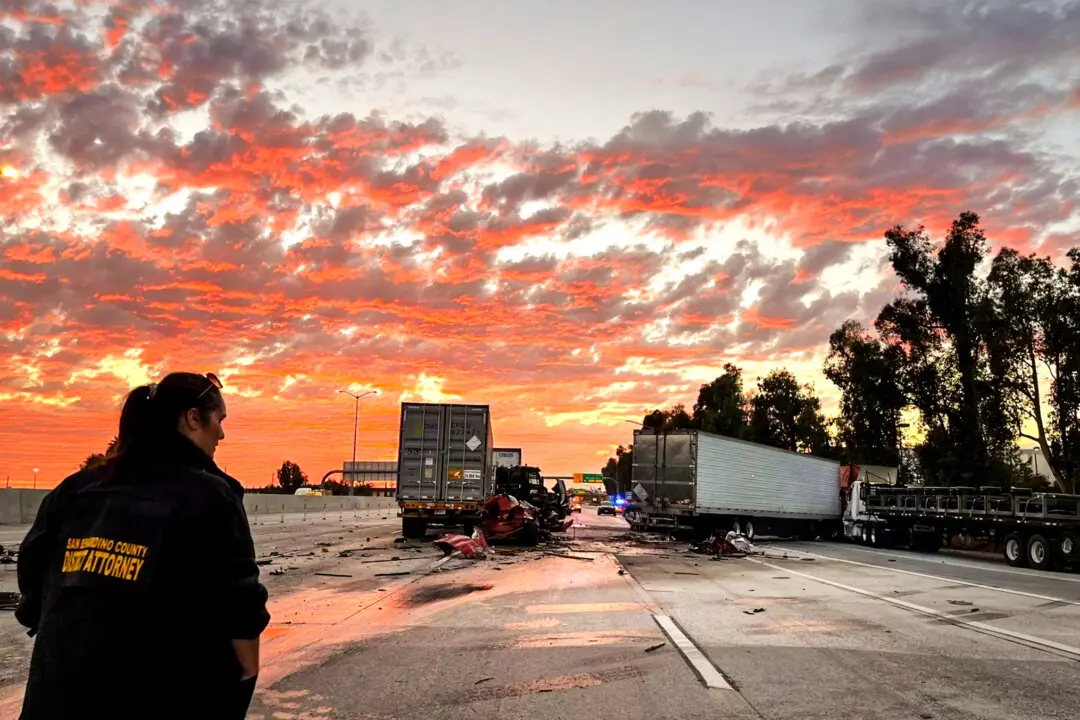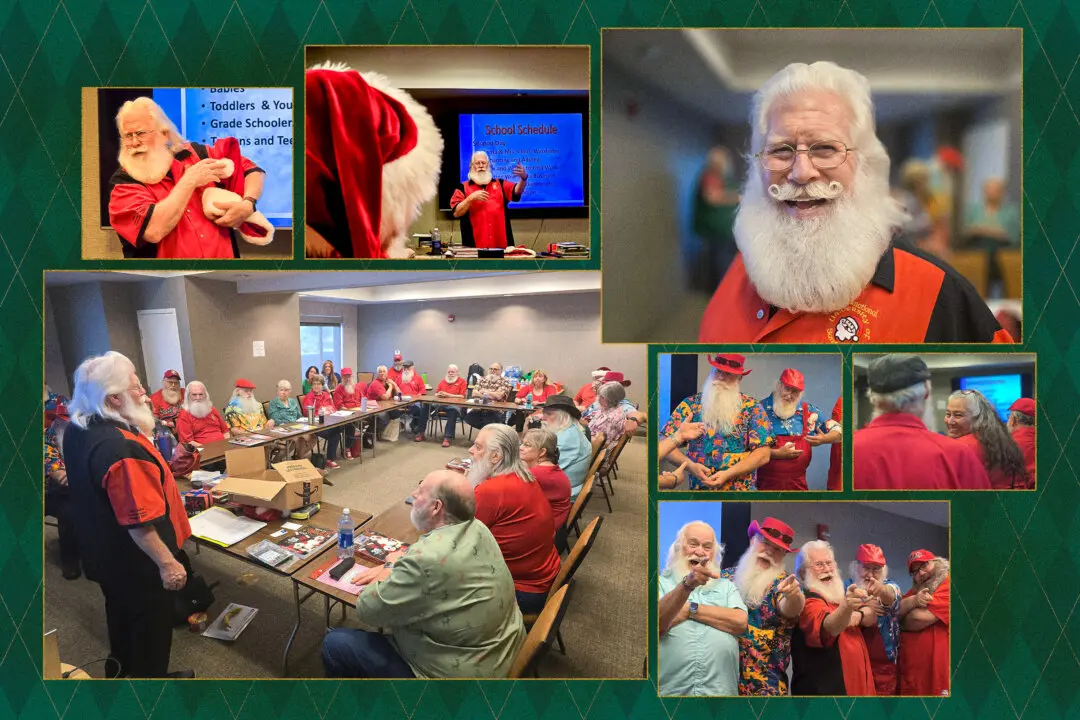NOGALES, Ariz.—Prosecutors in the second-degree murder trial of Arizona ranch owner George Alan Kelly called as their first witness an illegal immigrant who has been deported from the United States nearly a dozen times, once for illegally smuggling drugs into the country.
Honduran national Daniel Alberto Ramirez, 43, testified in Santa Cruz County Superior Court on March 27 that he saw the victim, Gabriel Cuen-Buitimea, shot and killed by what he believes was an AK-47 rifle on Mr. Kelly’s property.
